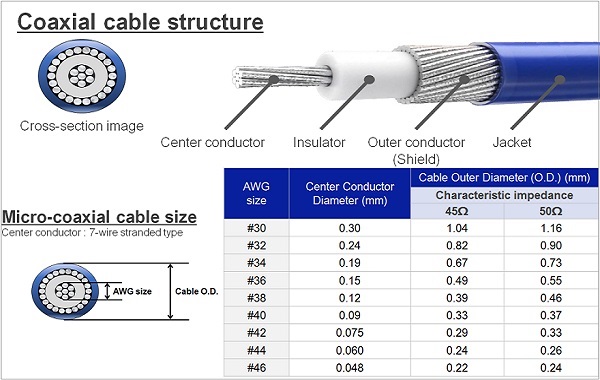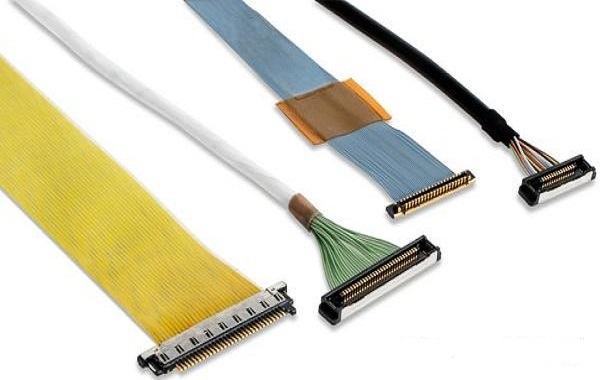Categorization:Harness Component

The mainstream diameter range of ultra-fine coaxial cables on the market is usually between 0.3mm and 0.5mm, while some high-end customized models can even be reduced to the 0.1mm level—nearly as thin as a human hair. In this extremely small wire diameter, the complete coaxial structure is still maintained: the inner conductor, insulation layer, shielding layer, and outer sheath are clearly defined layer by layer. It is this precise structure that enables ultra-fine coaxial cables to achieve miniaturization while still ensuring excellent impedance consistency and signal integrity, thus supporting high-speed and high-frequency data transmission.

Why go to such detail?
The "refinement" of extremely fine coaxial beam is not simply a technical show-off, but originates from the multiple demands of terminal equipment:2.1 Thin and light electronic products: Smartphones, tablets, wearable devices, and other products have compact internal spaces. Ultra-fine wires can complete high-speed interconnections within extremely small spaces.
2.2 Miniaturization of medical equipment: In medical scenarios such as endoscopes and ultrasonic probes, it is necessary to compress the high-speed signal transmission path to millimeter-scale space, achieving high-definition imaging and minimally invasive diagnosis and treatment.
2.3 High-resolution imaging system: such as 4K/8K camera modules, which have extremely high requirements for signal rate and wire bundle flexibility. Extremely thin wire bundles can meet both high-speed and flexible wiring requirements simultaneously.
2.4 Automotive and Industrial Applications: In scenarios such as autonomous driving cameras, radar, and industrial detection modules, where space is limited but low-noise high-speed signal transmission is required.

To achieve such an "extremely thin" wire harness is not only a challenge in mechanical processing, but also a comprehensive challenge in electrical design and material science.
3.1 Impedance control accuracy: Under 50Ω or 75Ω structures, even the slightest dimensional deviation may cause signal reflection.3.2 Shielding Effect Assurance: As the size becomes smaller and the shielding layer thinner, how to effectively suppress electromagnetic interference becomes a key technical point.
3.3 Flexibility and Reliability Balance: Ultra-thin bundles need to support repeated bending without performance degradation, which puts higher requirements on insulation materials, conductor strength, and shielding layer structure.
In response to these challenges, mainstream industry solutions include the use of ultra-fine copper alloy conductors, high-performance insulating materials (such as fluoroplastic FEP, LCP), and multi-layer braided foil composite shielding structures to ensure high-speed transmission stability while maintaining miniaturization.
I am[Suzhou Huichengyuan Electronic Technology], long-term focused on the design and customization of high-speed cable harnesses and ultra-fine coaxial cable harnesses, committed to providing customers with stable and reliable high-speed interconnect solutions. If you have related needs or want to learn more, please contact:Manager Yin 18913280527 (WeChat number)。